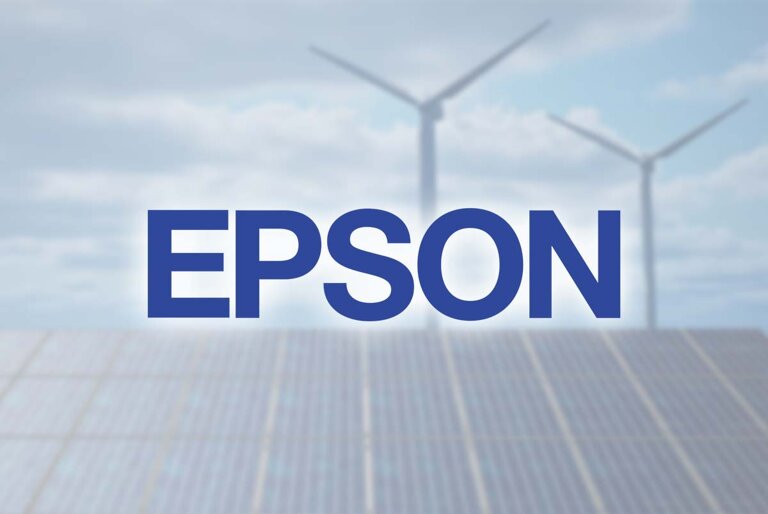
WASHINGTON — American consumers and home buyers, business people and political leaders have been waiting for months for what the Federal Reserve is poised to announce Sept. 18: That it's cutting its key interest rate from a two-decade peak. The decision being announced at 2 p.
m. is likely to be just the first in a series of reductions that should make borrowing more affordable now that the central bank has deemed high inflation to be all but defeated. Consider Kelly Mardis, who owns Marcel Painting in Tempe, Ariz.

About a quarter of his business is from real estate agents who are prepping homes for sale or representing new buyers. Customer queries, he recalls, quickly dropped almost as soon as the Fed started jacking up interest rates in March 2022 — and then kept raising rates through July 2023. As the housing market contracted, Mardis had to lay off about half his staff of 30.
It was the worst dry spell he had experienced in 14 years. After the Fed begins cutting rates on Wednesday, Mardis envisions brighter times ahead. Typically, a succession of rate cuts leads over time to lower borrowing costs for all kinds of loans, from mortgages to credit cards.
"I'm 100 percent sure it would make a difference," Mardis said. "I'm looking forward to it." At the same time, plenty of uncertainty still surrounds the two-day Fed meeting.
How much will the policymakers decide to reduce their benchmark rate, now at 5.3 percent? By a traditional quarter-point or by an unusually large half-point? Will they keep loosening credit at their subsequent meetings in November and December and into 2025? Will lower borrowing costs take effect in time to bolster an economy that is still growing at a solid pace but is clearly showing cracks? Fed chief Jerome Powell emphasized in a speech last month in Jackson Hole, Wyo., that he and his fellow policymakers are prepared to cut rates to support the job market and achieve a notoriously difficult "soft landing.
" That is when the central bank manages to curb inflation without tipping the economy into a steep recession and causing unemployment to surge. It's not entirely clear that the Fed can pull it off. One hopeful sign is that as officials have signaled that rate cuts are coming, many interest rates have already fallen in anticipation.
The average 30-year mortgage dropped to 6.2 percent last week — the lowest level in about 18 months and down from a peak of nearly 7.8 percent, according to home-loan financier Freddie Mac.
Other rates, like the yield on the five-year Treasury note, which influences auto loan rates, have also tumbled. "That really does help lower those borrowing costs across the board," said Kathy Bostjancic, chief economist at Nationwide Financial. "That helps to give nice relief to consumers.
" Businesses can now borrow at lower rates than they've been able to for the past year or so, potentially boosting their investment spending. "The question is if it's helping quickly enough ..
. to actually deliver the soft landing that everyone's been hoping for," said Gennadiy Goldberg, head of U.S.
rates strategy at TD Securities. Today's Top Headlines Story continues below Lindsey Graham emerges as Trump's top South Carolina surrogate — but on his own terms Longstanding Mexican-inspired restaurant closes Mount Pleasant location Coach Shane Beamer and Gamecocks contact SEC office about penalties during LSU loss SC Education Department partners with conservative media platform PragerU Myrtle Beach-area development could add shopping center, hundreds of homes and 501 traffic light 'I got that ..
. on video': SC man recovering after being bitten by world's most venomous snake Brett Favre Sends Blunt Message To Americans Before Presidential Election 'A few miles really made a big difference': Storm's late shift spares Myrtle Beach area Plans for Lowcountry hospital withdrawn after 6-year legal battle Speakeasy-inspired bar for the LGBTQ+ community opens in North Charleston Many economists would like to see the Fed announce a half-point rate cut Wednesday afternoon, in part because they think the officials should have begun cutting rates at their previous meeting in July. Wall Street traders on Friday signaled their expectation that the central bank will carry out at least two half-point cuts by year's end, according to futures prices.
Yet Goldberg suggested that there would be downsides to implementing a half-point rate cut now. It might signal to the markets that Fed policymakers are more worried about the economy than they actually are. "Markets could assume that something is wrong and the Fed sees something quite terrible on the horizon," Goldberg said.
It could also raise expectations for additional half-point cuts that the Fed might not deliver. In the long run, more important than Wednesday's Fed action is the pace of rate cuts through next year and the ultimate end point. If officials conclude that inflation is essentially defeated and they no longer need to slow the economy, that would suggest that their key rate should be at a more "neutral" setting, which could be as low as 3 percent.
That would require a series of further rate cuts. Many economists think the economy needs much lower rates. Diane Swonk, chief economist at KPMG, notes that hiring has averaged just 116,000 a month for the past three months, a level equivalent to the sluggish job growth coming out of the 2008-09 Great Recession.
The unemployment rate has risen by nearly a full percentage point to 4.2 percent. "There is a fragility out there when you are not hiring at a very strong pace," Swonk said.
"This is still a much weaker labor market then we thought we had." Still, Fed rate cuts may provide a crucial boost to the economy just when it's needed. Michele Raneri, head of U.
S. research at TransUnion, a credit monitoring company, noted that lower rates typically lead consumers to refinance high interest-rate debt — principally credit card borrowing — into lower-cost personal loans. Doing so would ease their financial burdens.
And once mortgage rates fall below 6 percent, Raneri said, more homeowners will likely be willing to sell, rather than holding on out of reluctance to swap a cheap mortgage for a much higher interest rate. More sales would help relieve the supply crunch that's made it hard for younger people to buy a first home. "That starts to break up this logjam that we've been in where there's a low inventory of houses," Raneri said.
"We need some people to start moving to start that churn." Other small businesses are seeing signs that the churn is picking up. Brittany Hart, who owns a software consulting firm in Phoenix that works with mortgage brokers, wealth managers and banks, is noticing more interest from potential clients in adopting new software to boost efficiency.
That is because they expect the housing market to pick up. Hart has started looking for three new employees to help handle the expected business, to add to the roughly 20 employees she has now. "This is the first leading indicator that we are getting back to that normal activity in the housing market," she said.
.














